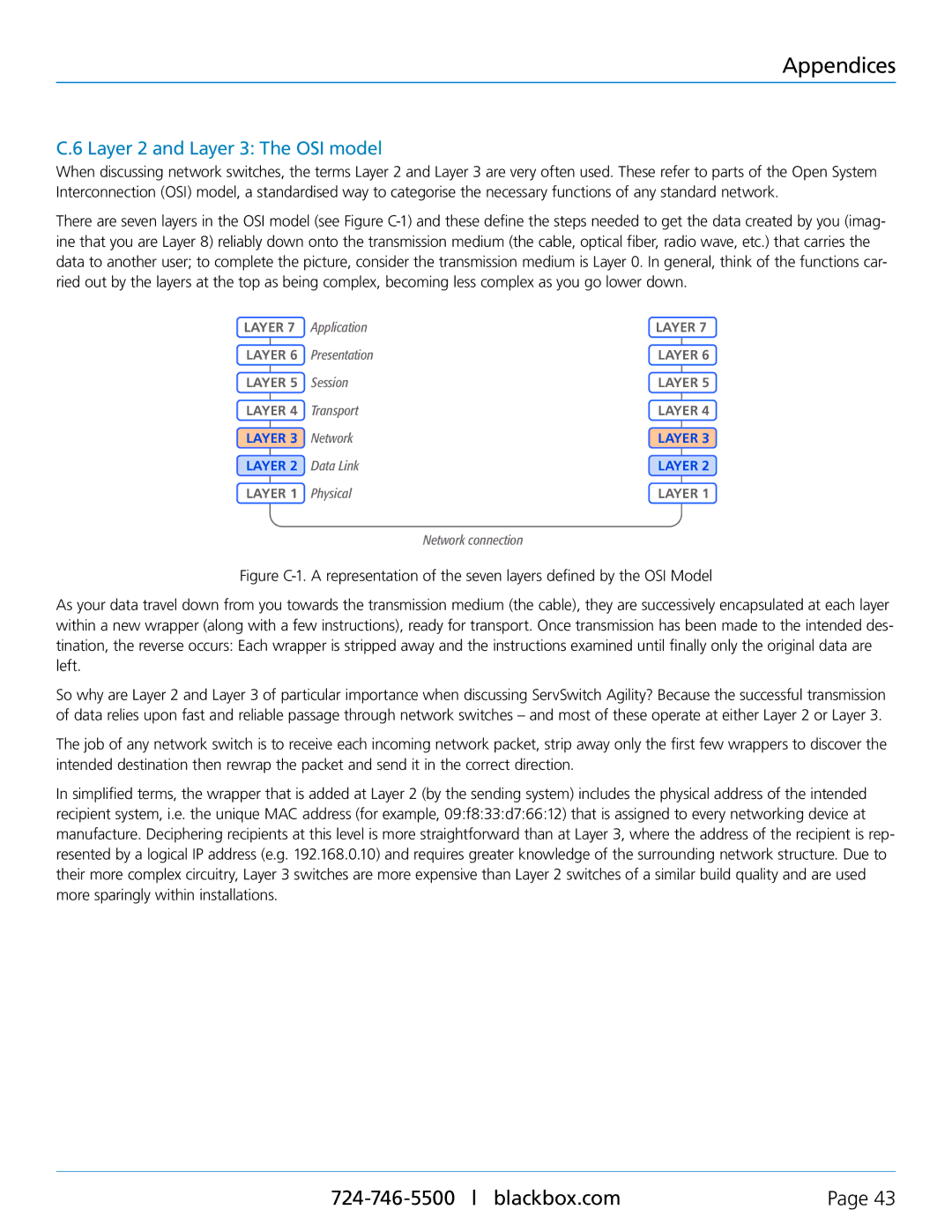ACR1000A, ACR1000A-R, ACR1002A, ACR1002A-T, ACR1002A-R specifications
The Black Box ACR1000A-T, ServSwitch AgilityTM, Agility DualTM, ACR1002A-R, ACR1002A-T, and ACR1002A are advanced solutions designed to optimize switching and management capabilities in complex IT environments. These devices cater to various needs, primarily focusing on KVM (Keyboard, Video, Mouse) switching and user-friendly operations, making them invaluable in data centers, server rooms, and large corporate infrastructures.The Black Box ACR1000A-T is known for its robust functionality and versatility. It supports video resolutions up to 4K, ensuring high-quality output for a range of applications. This model utilizes dual-channel audio support, enhancing multimedia experiences, while its convenient USB connectivity allows seamless integration with modern peripherals. The ACR1000A-T is designed with a user-friendly interface, simplifying multi-computer management by enabling users to effortlessly switch between systems with a push of a button.
The ServSwitch AgilityTM series elevates performance with efficient switching and extended connectivity options. Designed for high-resolution support, it ensures minimal latency in video transmission. With features such as USB and audio handling, the AgilityTM series provides an inclusive multi-functional experience, allowing users to control multiple machines from a single workstation effortlessly. The enhanced firmware updates ensure that the AgilityTM series remains on the cutting edge of technology, adapting to evolving user demands.
For environments requiring dual-access capabilities, the Agility DualTM provides a unique solution. It enables two users to share control over two different systems simultaneously, offering great flexibility and collaboration in diverse workflows. This innovative approach enhances productivity by allowing one user to work on one system while the other manages a different task, all without needing to switch setups.
The ACR1002A-R, ACR1002A-T, and ACR1002A devices focus on scalability and performance. These models come equipped with comprehensive management features, including remote access capabilities and support for various video resolutions. Ideal for IT administrators, these devices streamline operations, simplifying maintenance and offering excellent reliability.
In summary, the Black Box ACR1000A-T, ServSwitch AgilityTM, Agility DualTM, ACR1002A-R, ACR1002A-T, and ACR1002A represent cutting-edge advancements in KVM technology. With their combination of high-resolution support, user-friendly interfaces, and scalability, they are essential tools in managing multiple computing environments efficiently. These devices not only enhance productivity but also align with the evolving needs of businesses in today's fast-paced digital landscape.

